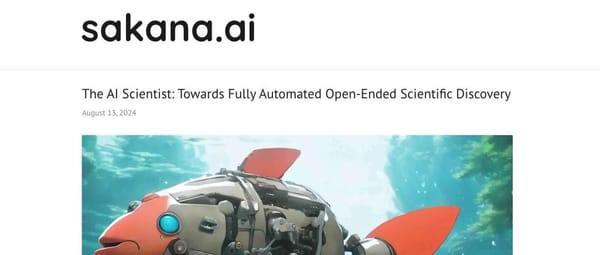Ant Ring-1T Debuts: Trillion-Parameter Reasoning Model Matches IMO Silver-Level Math Skills

Ring-1T — The First Open-Source Trillion-Parameter Reasoning Model

> Ring-1T is now a serious contender capable of standing shoulder-to-shoulder with closed-source AI giants — another proof that open source can match closed source performance.
---
Rapid-Fire Releases from Ant Group
In just over ten days, Ant Group has released three major AI models back-to-back:
- Sept 30 — Ring-1T-preview
- Oct 9 (midnight) — Ling-1T, their largest general-purpose language model so far
- Oct 14 (midnight) — Ring-1T official reasoning model release
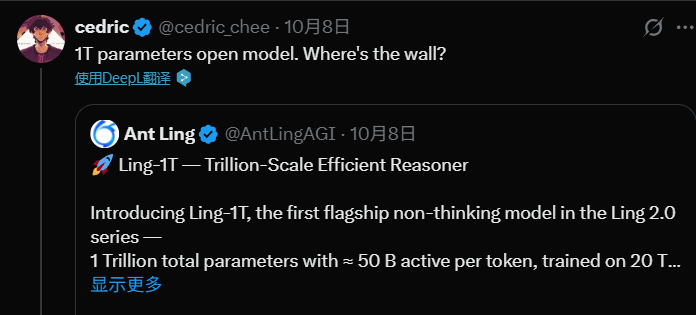
Ling-1T downloads on HuggingFace surpassed 1,000 in just four days.
Social media and Reddit lit up with discussions on its architecture choices — including active parameters and fully dense early layers, aimed at stronger reasoning.
Barely four days later, Ring-1T debuted as the world’s first open-source trillion-parameter reasoning model. Its preview version had already topped multiple leaderboards.
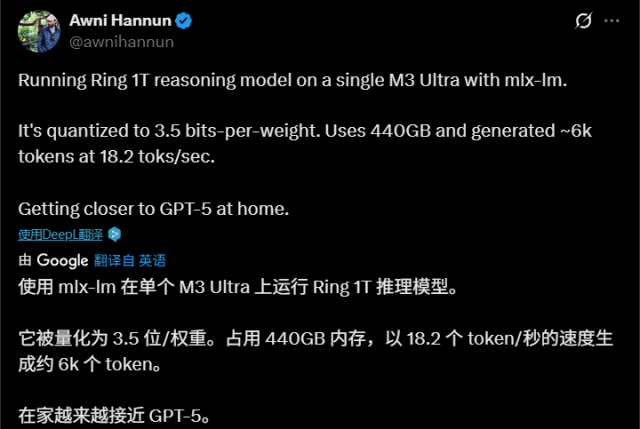
> An Apple engineer even ran Ring-1T-preview locally on an M3 Ultra chip.
---
Full Training Pipeline & Reinforcement Learning
With the official release, Ring-1T completed:
- Large-scale RLVR — reinforcement learning with verifiable rewards for reasoning boost
- RLHF — reinforcement learning from human feedback for general capability balance
Results:
- More balanced skill set — especially in mathematics, programming, and logical reasoning
- IMO silver-medal level in actual Olympiad tasks via multi-agent framework AWorld
Explore Ring-1T:
---
Open-Source SOTA — How Strong is the Official Ring-1T?
Benchmarks Tested
To measure elite-level cognitive performance, the team selected eight advanced benchmarks:
- Math: AIME25, HMMT25
- Coding: LiveCodeBench, CodeForce-Elo
- Reasoning: ARC-AGI-v1
- Composite: Arena-Hard-v2
- Medical: HealthBench
- Creative: CreativeWriting-v3
Competitors:
- Ring-1T-preview
- Gemini-2.5-Pro
- Deepseek-V3.1-Terminus-Thinking
- Qwen-235B-A22B-Thinking-2507
- GPT-5-Thinking (High)
---
Gains over Preview
- Almost all dimensions improved
- High stability in ARC-AGI-v1, Arena-Hard-v2.0, HealthBench
- Maintains strong performance even where slightly lower than preview (CodeForces, LiveCodeBench)
- Closes gap with GPT-5-Thinking (High) — often within a single point difference
Ring-1T now dominates many open-source benchmarks, sometimes matching or beating closed-source leaders like Gemini-2.5-Pro in reasoning.
---
Competition-Level Results
IMO 2025:
- Solved problems 1, 3, 4, 5 → Silver-medal performance
- Near-perfect geometry proof on problem 2
- Problem 6 answer aligned with Gemini-2.5-Pro
ICPC World Finals 2025:
- Solved 5 problems (DFJKL) in 3 tries
- Beat Gemini-2.5-Pro (3 problems)
- Just shy of GPT-5-Thinking (6 problems)
---
Hands-On Testing
1. Coding Ability
Prompt: Generate a simple playable Flappy Bird game.
Result: Fully functional code, slightly abstract art, smooth interaction.
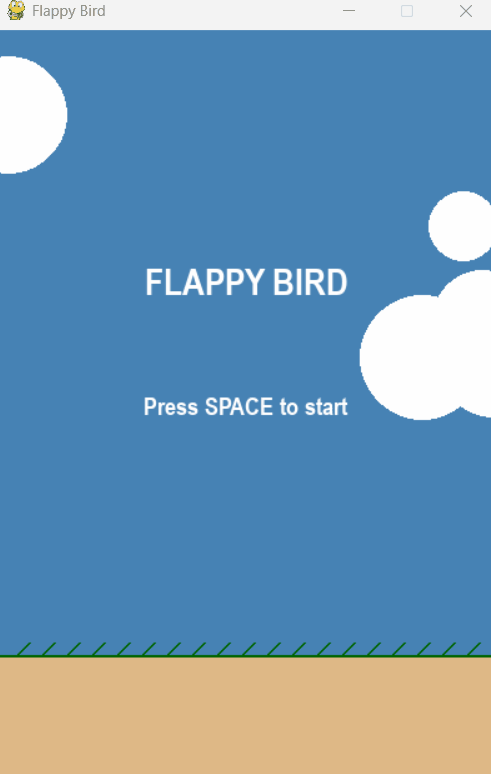
Prompt: Generate a Snake game with smooth animation, scoring, collision detection.
Result: Clean UI, distinct head/body, seamless start/pause function.
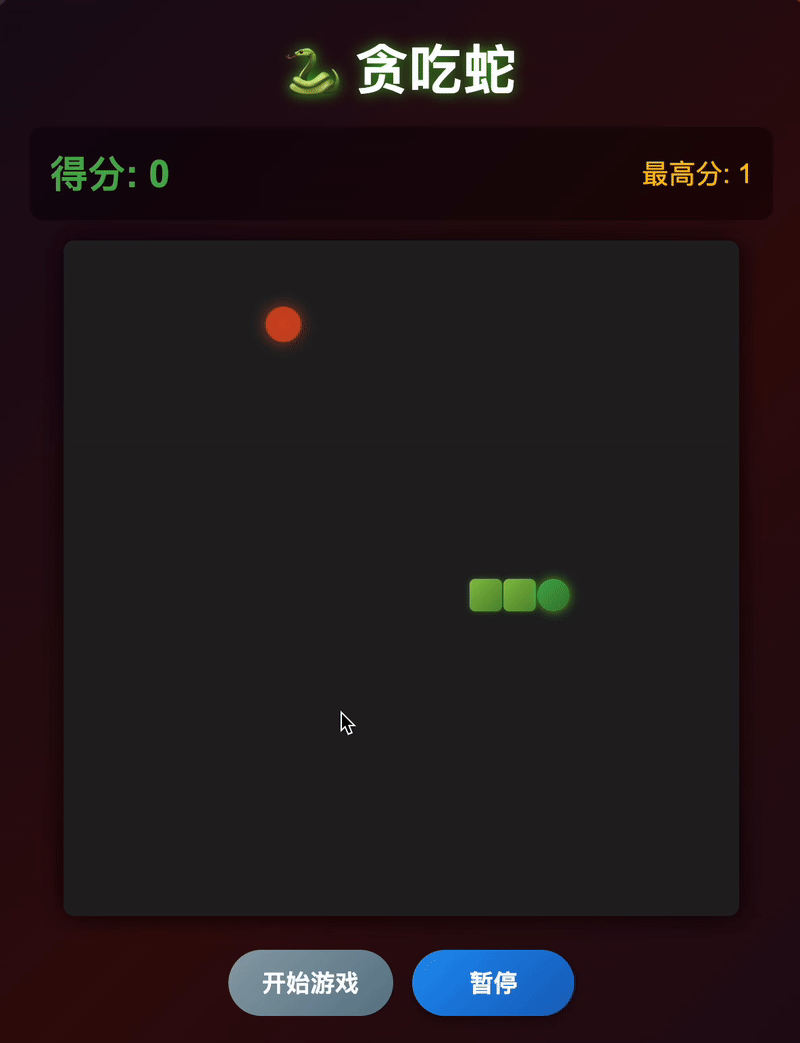
---
2. Physics Simulation
Prompt: p5.js script with 25 particles inside a rotating cylindrical container, trails, collision detection.
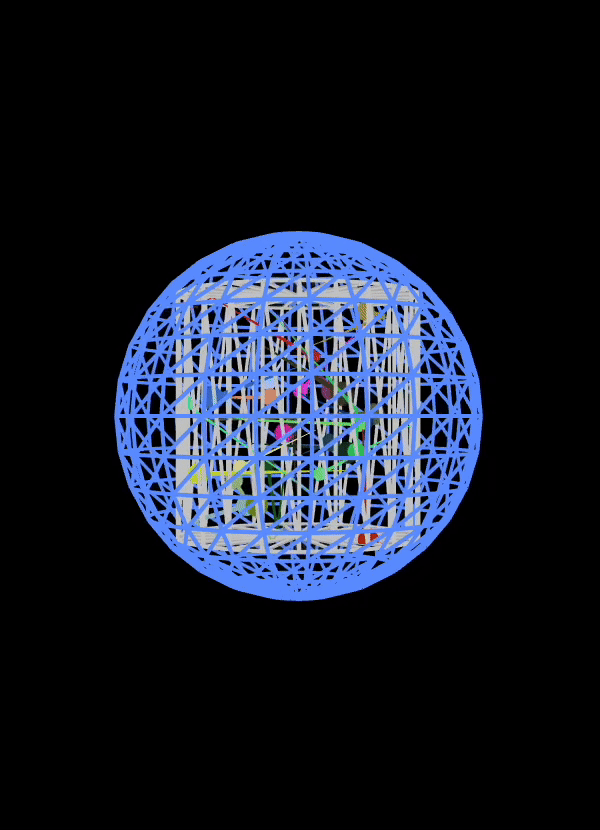
---
3. Logical Reasoning Tests
- Rabbit race puzzle — Correct fastest & slowest identification
- Subway robbery suspect puzzle — Correct identification based on behavioral clues
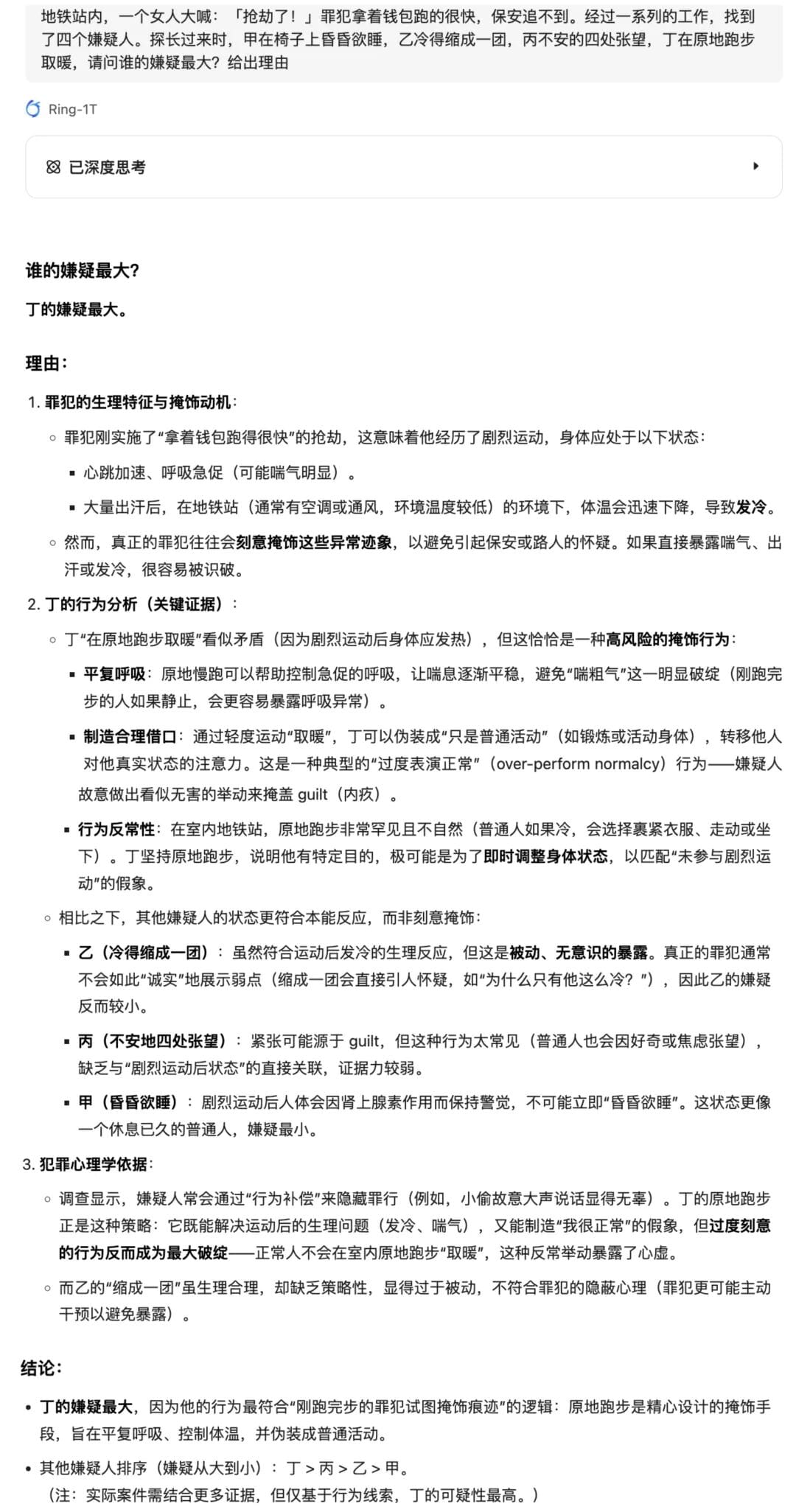
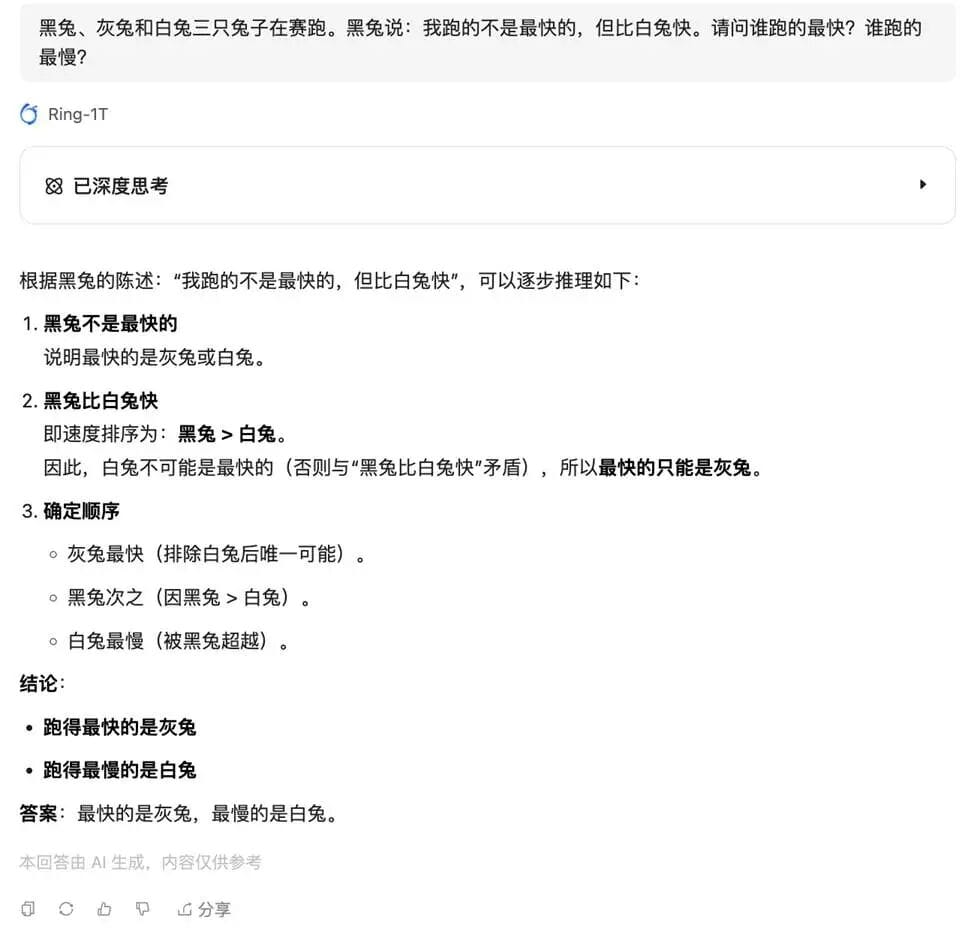
- Truth vs lie logic puzzle — Produced reasoning table and correct deduction

---
4. Math Olympiad Problem
Prompt: 2025 National High School Math Olympiad preliminary problem
Result: Clear chain-of-thought → Solve equations → Find exact maximum value.
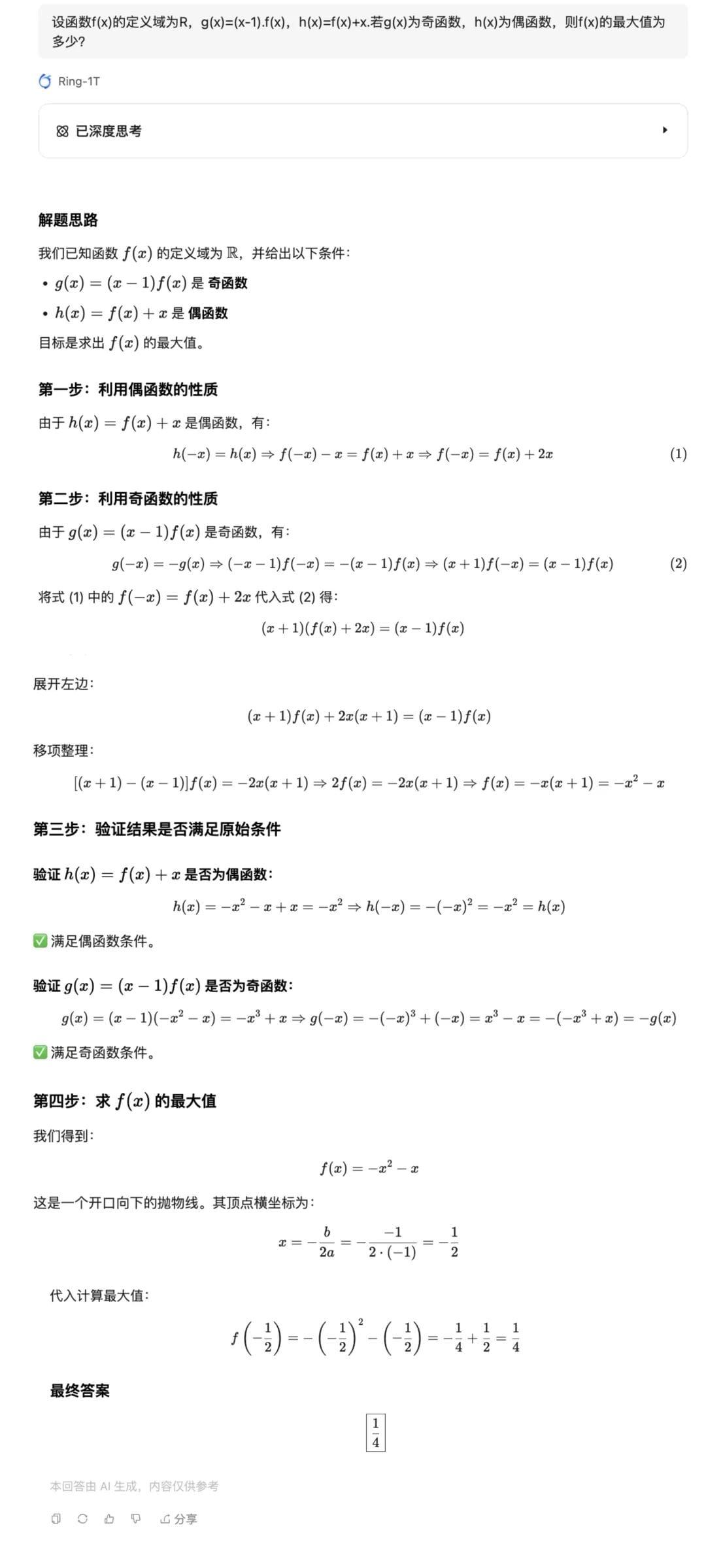
---
Creative Writing Performance
Prompt: Podcast script about Su Shi and Zhang Dun, with historical citations
Result: Vivid narrative, conversational style, annotated audio effects.

---
Overall Evaluation
Strengths:
- Code Generation: Quick, logical, complete games
- Reasoning: Accurate contextual understanding, efficient solving
- Creative Writing: Style adaptation, engaging narratives
Weaknesses:
- Identity consistency issues
- Occasional mixed Chinese-English output
- Repetition in text
---
MoE RL Training Challenges & the “IcePop” Fix
Problem: Train–Infer Mismatch
Differences between training and inference precision/settings can crash long-cycle RL training.
Solution: IcePop Algorithm
- Bi-directional truncation + masked clipping
- Filters unstable gradient signals by monitoring token probability differences
- Principle: Better not to learn than to learn wrong
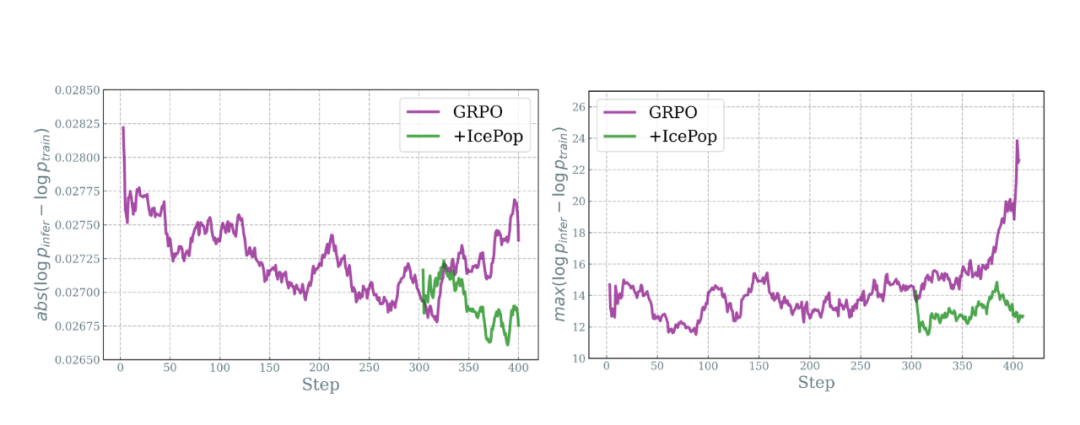
Results: Stable curves in long-cycle training vs baseline GRPO — fewer crashes, healthier output diversity.
---
ASystem RL Framework for Trillion-Scale
- SingleController + SPMD architecture for massive parallel training
- Transparent GPU memory offloading & cross-node pooling → avoids OOM
- GPU P2P direct link for second-level weight exchange → no CPU bottleneck
- Built-in serverless sandbox for reward evaluation at 10K/s throughput
---
Ant Group’s Open-Source Strategy
Beyond releasing models, Ant Group open-sources foundational RL frameworks — e.g., AReaL — enabling the community to replicate trillion-scale RL engineering.
The goal: Make AI as accessible and omnipresent as electricity or payments.
---
Creator Ecosystem Integration
AiToEarn官网 bridges open-source AI with content monetization:
- Multi-platform publishing (Douyin, Kwai, WeChat, Bilibili, Xiaohongshu, YouTube, Instagram, Pinterest, X/Twitter)
- AI content generation tools
- Cross-platform analytics and AI model rankings (AI模型排名)
- Designed to help creators earn from AI workflows built on models like Ring-1T
---
Bottom Line:
Ring-1T isn’t just a milestone for open-source reasoning — it’s a platform enabler for next-gen AI creators.
With technical innovation in reinforcement learning (IcePop, ASystem) and real-world publishing infrastructure (AiToEarn), the gap between experimental AI and creator monetization is shrinking fast.




